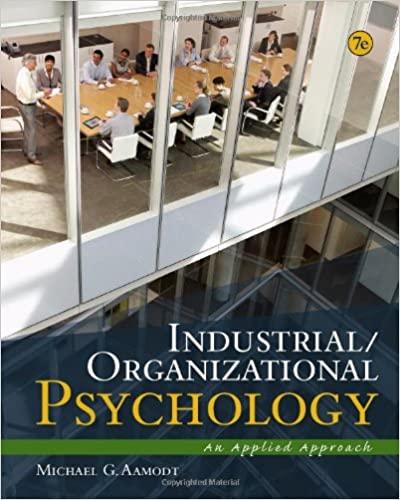just answer part b please.
You are considering adding new financial assets to your portfolio. You observe that a mutual fund has a beta of 1.2 and an expected return of 7%. The risk-free rate is currently 1% and the market is expected to yield 4% over the next year. a) According to the CAPM: i. What is the fund's alpha? [1 mark] ii. Should you invest in the mutual fund? Why? Provide a detailed explanation in terms of the CAPM and equilibrium asset pricing- [3 marks] Design a passive portfolio, P, with the same systematic risk (beta) as the fund. Clearly state the weights P takes on the market portfolio and on the risk-free asset [2 marks] iv. What is the expected return of P? [1 mark] What is the difference between the expected return of P and the expected return of the mutual fund? Explain this difference in the context of the SML and describe how it relates to the fund's alpha (Provide a detailed explanation) [2 marks] V. b) Now, instead of interpreting the parameters presented above in the context of the CAPM, interpret them in the context of APT. That is, assume that the assumptions of the APT hold and that beta is an estimate of the factor loading in a single-factor model. i. In the context of the APT, what is the underlying assumption about diversification and level of idiosyncratic risk in the mutual fund and in the market index? [2 marks] If the assumptions of the APT hold, is there an arbitrage opportunity that can be realized from trading the mutual fund, the market index and the risk-free asset? [1 mark] iii. If there is an arbitrage opportunity, clearly describe the trades needed to take advantage of this opportunity and clearly state your arbitrage profit per dollar invested in the mutual fund. Complete the tables below with your answer. [6 marks] At t = 0 Trade At t = 1 Cash Flow Cash Flow Trade (Long/Short) the mutual fund (Long/Short) the market index _(Invest/Borrow) at the risk-free rate Initial Investment Profit iv. What is the relationship between the arbitrage profit and the fund's alpha? Provide a detailed explanation in the context of systematic and idiosyncratic risks. [2 marks] You are considering adding new financial assets to your portfolio. You observe that a mutual fund has a beta of 1.2 and an expected return of 7%. The risk-free rate is currently 1% and the market is expected to yield 4% over the next year. a) According to the CAPM: i. What is the fund's alpha? [1 mark] ii. Should you invest in the mutual fund? Why? Provide a detailed explanation in terms of the CAPM and equilibrium asset pricing- [3 marks] Design a passive portfolio, P, with the same systematic risk (beta) as the fund. Clearly state the weights P takes on the market portfolio and on the risk-free asset [2 marks] iv. What is the expected return of P? [1 mark] What is the difference between the expected return of P and the expected return of the mutual fund? Explain this difference in the context of the SML and describe how it relates to the fund's alpha (Provide a detailed explanation) [2 marks] V. b) Now, instead of interpreting the parameters presented above in the context of the CAPM, interpret them in the context of APT. That is, assume that the assumptions of the APT hold and that beta is an estimate of the factor loading in a single-factor model. i. In the context of the APT, what is the underlying assumption about diversification and level of idiosyncratic risk in the mutual fund and in the market index? [2 marks] If the assumptions of the APT hold, is there an arbitrage opportunity that can be realized from trading the mutual fund, the market index and the risk-free asset? [1 mark] iii. If there is an arbitrage opportunity, clearly describe the trades needed to take advantage of this opportunity and clearly state your arbitrage profit per dollar invested in the mutual fund. Complete the tables below with your answer. [6 marks] At t = 0 Trade At t = 1 Cash Flow Cash Flow Trade (Long/Short) the mutual fund (Long/Short) the market index _(Invest/Borrow) at the risk-free rate Initial Investment Profit iv. What is the relationship between the arbitrage profit and the fund's alpha? Provide a detailed explanation in the context of systematic and idiosyncratic risks. [2 marks]








